Diamond Lab
Diamond has emerged as a unique material for a variety of applications, both because it is very robust and because it hosts defects with interesting properties. One of these defects, the nitrogen-vacancy (NV) center, shows quantum behavior up to and above room temperature. Our group is exploring diamond as a platform for realizing nanoscale sensors with exquisite sensitivities and new capabilities.
Electronic transport in nanostructures shows many fascinating physical phenomena, such as hydrodynamic current flow, ballistic transport, and superconductivity. Accessing the nanoscale spatial information of the current flow can provide important insights into the physical understanding of these phenomena. Here, we use scanning NV magnetometry to directly image current flow with high sensitivity boosted by quantum sensing protocol and high spatial resolution (≲50 nm), both at room and low temperatures. Our preferred material platforms to investigate are mono- and bilayer graphene heterostructures, but experiments can also extend to other 2D materials or thin-film conductors. We expect to showcase quantum imaging as a powerful tool to quantitatively study electronic transport and to explore new physics in graphene heterostructures with this advanced technology.
Chaoxin Ding
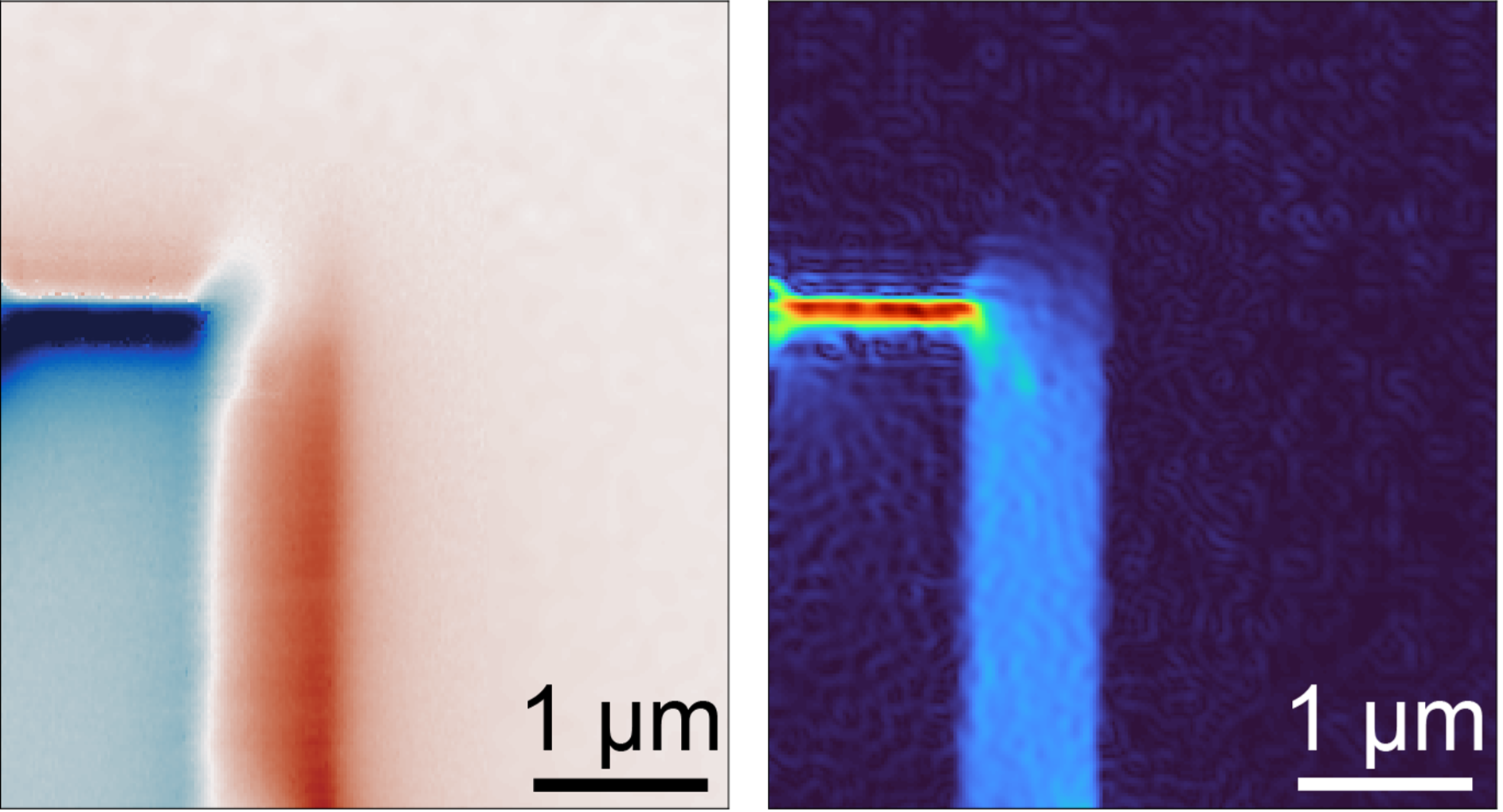
M. L. Palm et al., Imaging of submicroampere currents in bilayer graphene using a scanning diamond magnetometer, Phys. Rev. Applied 17, 054008 (2022)
K. Chang et al., Nanoscale imaging of current density with a single-spin magnetometer, Nano Lett. 17, 2367 (2017)
We develop new quantum sensing tools for imaging domain patterns and domain walls in exciting new materials systems, including antiferromagnets, ferrimagnets, ferroelectrics, and multiferroics. Examples of new quantum sensing tools are gradiometric detection, electric field imaging, the imaging of dynamical fields, or high-speed imaging. We also develop numerical and analytical methods for fitting and reconstructing magnetic stray field data.
Nicholas Meinhardt, Laura van Schie, Sebastián Guerrero, Annika Mechnich, Zhewen Xu, Adam Erickson
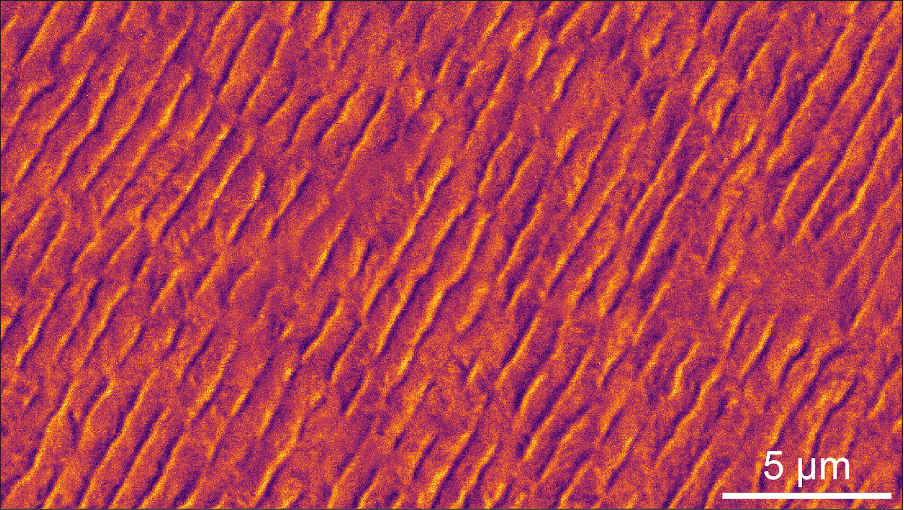
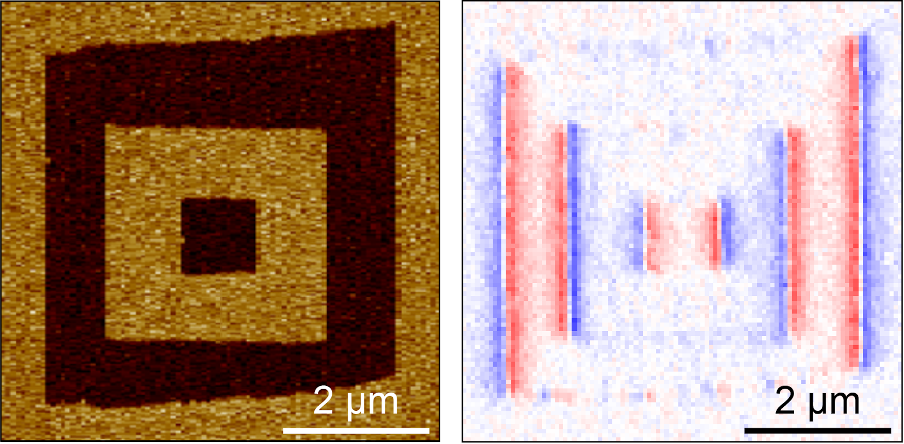
P. Welter et al., Fast scanning nitrogen-vacancy magnetometry by spectrum demodulation, Phys. Rev. Applied 19, 034003 (2023)
W. S. Huxter et al., Imaging ferroelectric domains with a single-spin scanning quantum sensor, Nat. Phys. 19, 644 (2023)
W. S. Huxter et al., Scanning gradiometry with a single spin quantum magnetometer, Nat. Commun. 13, 3761 (2022)
M. S. Wörnle et al., Coexistence of Bloch and Néel walls in a collinear antiferromagnet, Phys. Rev. B 103, 094426 (2021)
We have implemented scanning NV magnetometers in two cryostats: A closed-cycle He cryostat enables us to measure at temperatures ranging from 300 K down to 6 K, and a dilution refrigerator allows us to enter the milli Kelvin regime. Aside from continuously improving our instrumentation and increasing our sensing capabilities, we use these magnetometers to study fascinating materials and phenomena, such as multiferroic transitions, superconductivity, and the complex photo- and spin-physics of NV centers over a large temperature range.
Patrick Scheidegger, Sebastián Guerrero, Kuno Knapp, Uros Ognjanovic, Sofie Kölling
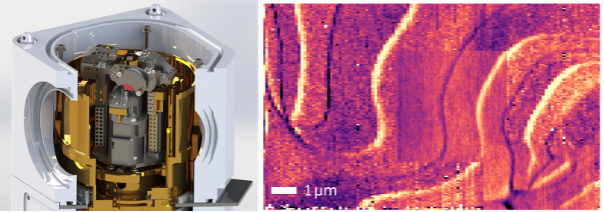

P. J. Scheidegger et al., Scanning nitrogen-vacancy down to 350 mK, Appl. Phys. Lett. 120, 224001 (2022).
S. Ernst et al., Temperature dependence of photoluminescence intensity and spin contrast in nitrogen-vacancy centers, Phys. Rev. Lett. 131, 086903 (2023).
By creating single NV centers within a few nanometers from the diamond surface, we can use them to detect nuclear spin (NMR) signals from surface molecules. This results in a versatile platform to explore many basic NMR experiments at the single-spin level: For example, it is possible to map individual nuclear spin locations in 3D, to test polarization transfer to nuclear spins, or to monitor the adhesion of molecules to the surface. One of the most exciting (yet challenging) prospects is performing these experiments on single molecules, which would allow studying the 3D structure and dynamics of complex molecules with atomic spatial resolution. We work on developing suitable measurement schemes that allow unraveling the positions of individual nuclear spins with sub-nanometer resolution, as well as techniques to covalently bind molecules of interest to the surface of the diamond.
Konstantin Herb, John Abendroth, Pauline Perrin
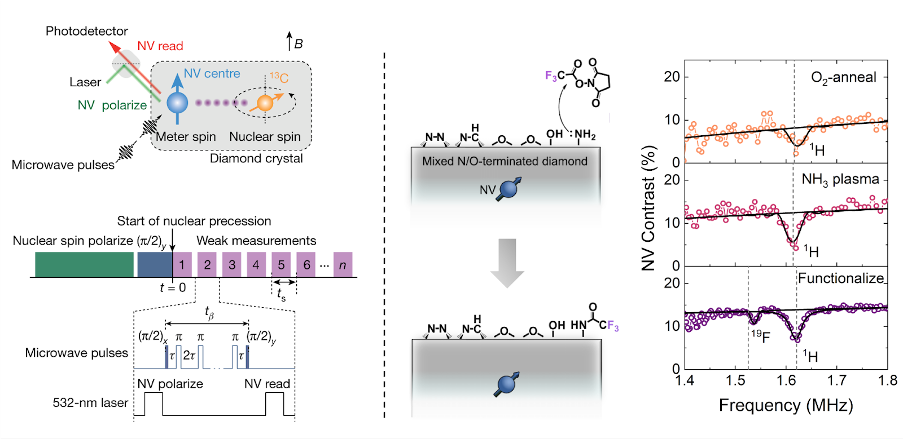
K. S. Cujia et al., Tracking the precession of single nuclear spins by weak measurements, Nature 571, 230 (2019)
K. S. Cujia et al., Parallel detection and spatial mapping of large nuclear spin clusters, Nat. Commun. 13, 1260 (2022)
J. M. Abendroth, K. Herb, et al., Single-nitrogen–vacancy NMR of amine-functionalized diamond surfaces, Nano Lett. 22, 7294 (2022)
E. Janitz et al., Diamond surface engineering for molecular sensing with nitrogen–vacancy centers, J. Mater. Chem. C. 10, 13533 (2022)
The chirality-induced spin selectivity effect describes spin-dependent and enantioselective interactions between electrons and chiral molecules. We are exploring approaches for using NV magnetometry to measure spin polarization resulting from charge transfer in chiral molecules at the single- to few-molecule regime to provide new mechanistic insight into the effect.
John Abendroth, Konstantin Herb
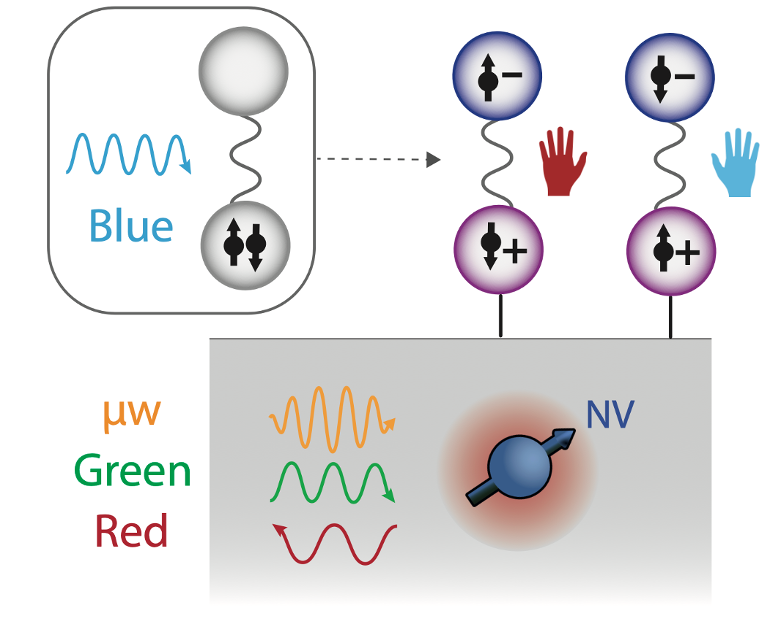
L. A. Völker, K. Herb et al., Toward quantum sensing of chiral induced spin selectivity: Probing donor–bridge–acceptor molecules with NV centers in diamond, J. Chem. Phys. 158, 161103 (2023)
The NV sensor acts as a highly sensitive probe for magnetometry and electrometry as well as thermometry. We develop measurement protocols and spin manipulation techniques that leverage the unique energetic couplings of the NV center to explore diverse avenues in quantum sensing. This includes protocols that enable fast magnetic waveform sampling to better the temporal resolution of sensing experiments and protocols that address multiple NV centers simultaneously in order to speed up measurements.
Konstantin Herb, Lorenzo Bechelli, Adam Erickson
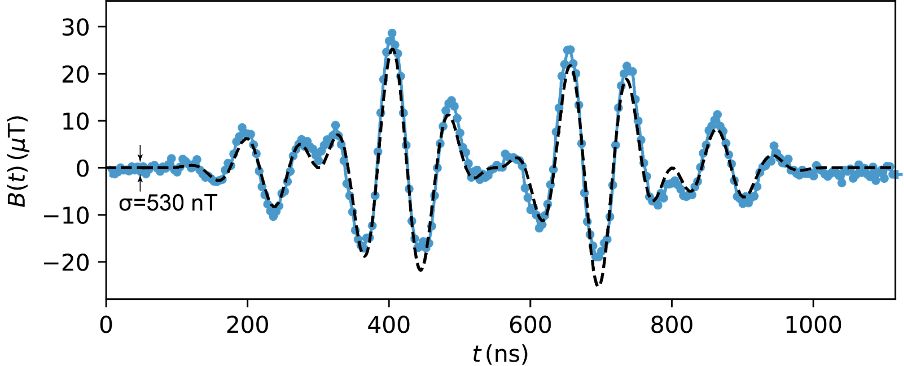
J. Zopes and C. L. Degen, Reconstruction-Free Quantum Sensing of Arbitrary Waveforms, Phys. Rev. Applied 12, 054028 (2019).
C. L. Degen et al., Quantum Sensing, Reviews of Modern Physics 89, 035002 (2017).
We embed NV centers in a variety of sensor geometries, such as scanning probe tips or pillar arrays in large diamond membranes. To achieve high sensitivities in these structures (typically 10-100 nT), we develop new fabrication techniques, perform surface engineering and explore advanced optical and spin manipulation methods. We also explore new types of sensors such as multi-NV or magnetic hybrid probes to further boost the sensitivity and multi-mode imaging capability (magnetic, electric, current, temperature, etc.).
Konstantin Herb, Zhewen Xu, John Abendroth, Pauline Perrin
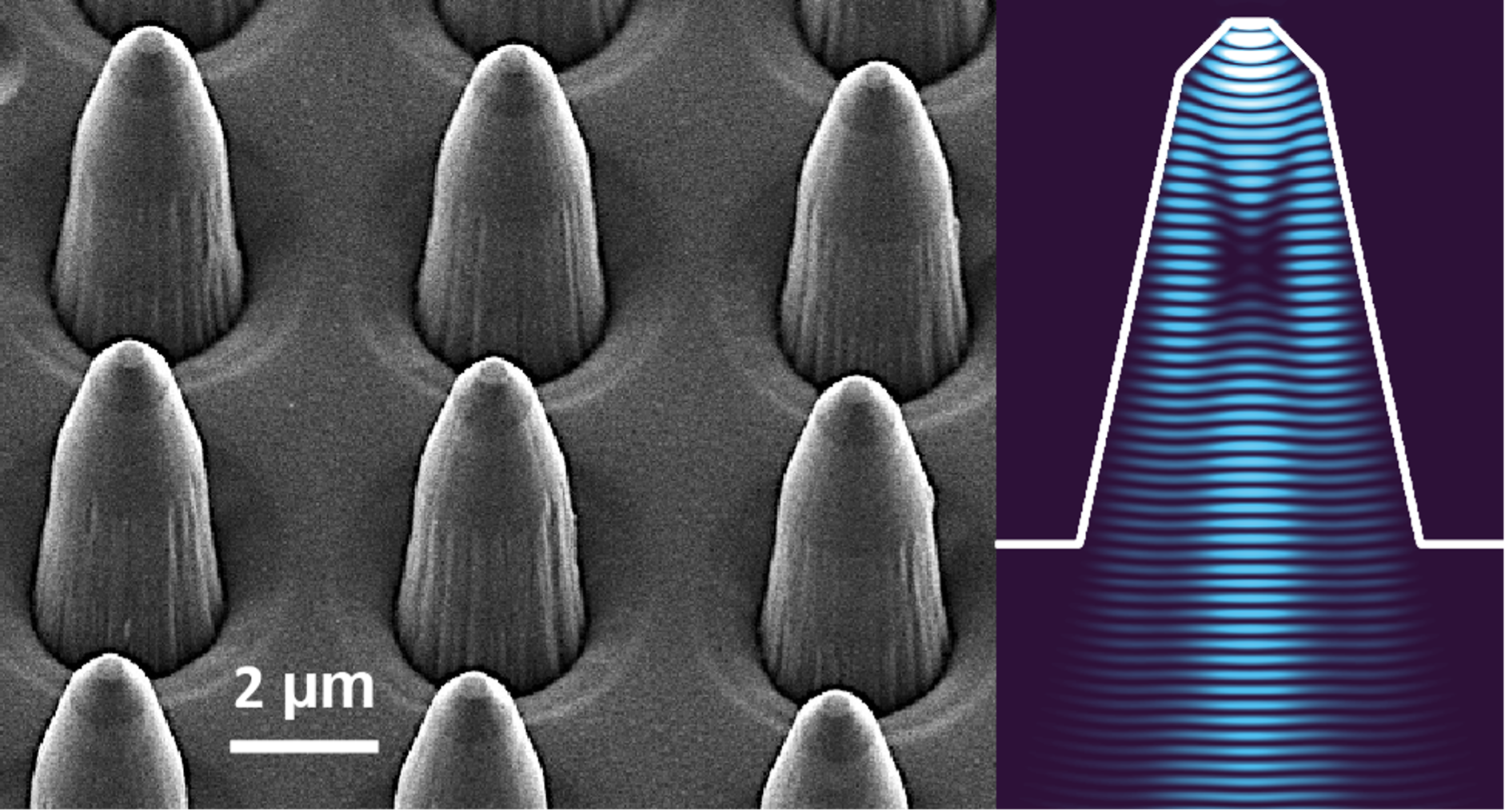
T. Zhu et al., Multicone diamond waveguides for nanoscale quantum sensing, Nano Letters (2023).